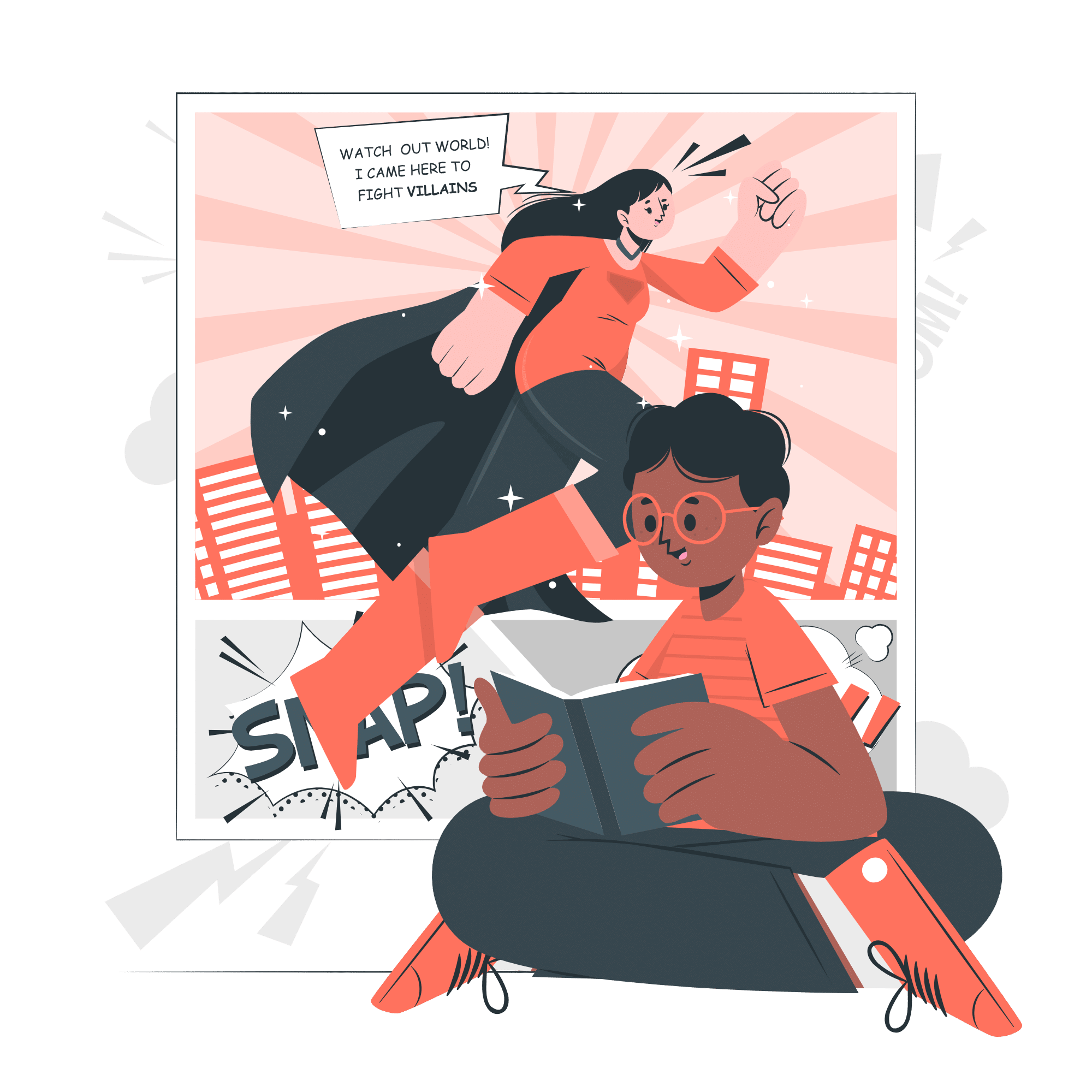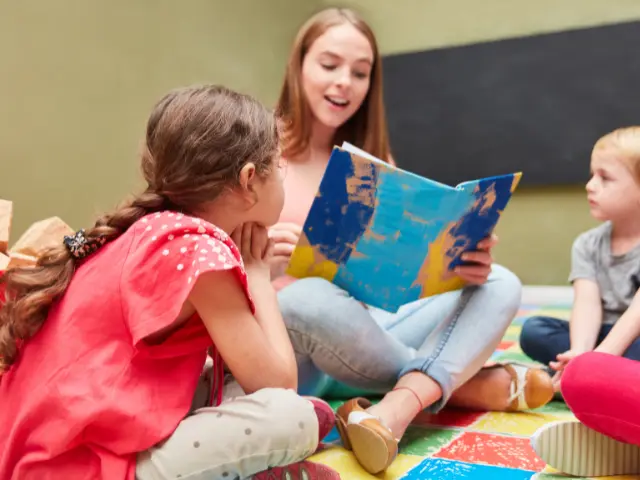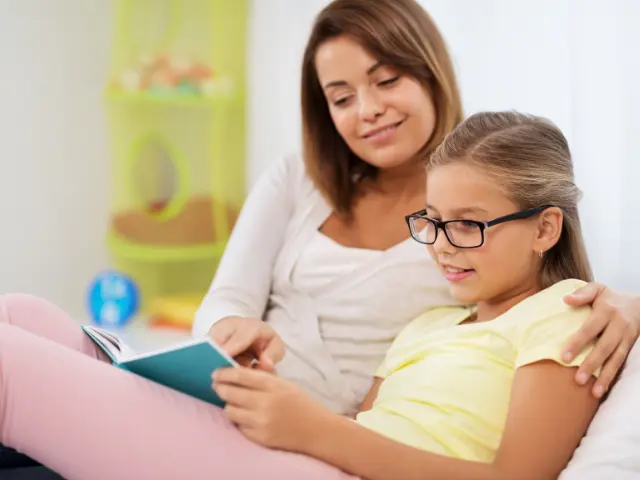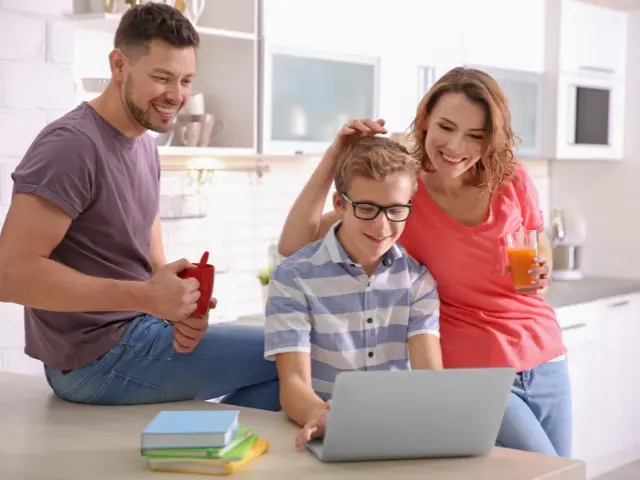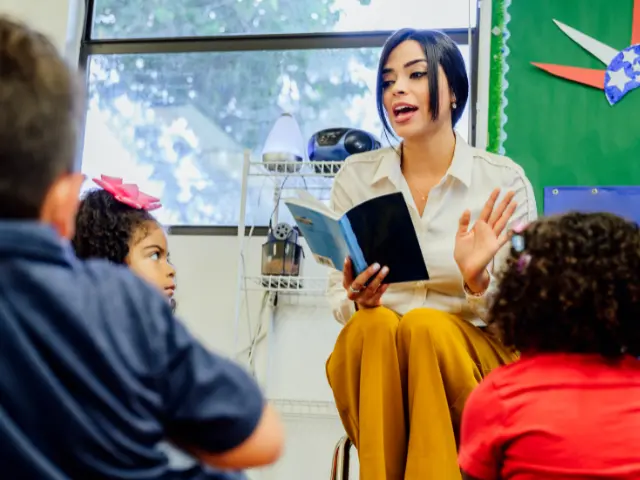Some kids have a knack for reading and learning at an early age, while others don’t advance until they start school. But if anything is certain, it’s that educators are united in preaching the importance of reading when it comes to the growth and well-being of our children.
As a parent, it’s only natural to wonder if you can teach kids to read when their progress appears stunted. However, taking action is a different story altogether. So, before any intervention on your part, here’s some background knowledge on how we learn to read and why decoding skills are essential for reading growth and confidence.
Read here for more information on English tutoring.
Wondering whether coding for kids is beneficial? Read here.
How Do Kids Actually Learn How to Read?
Educators previously believed that reading is a natural process we pick up on our own—similar to speaking. However various research have since debunked this to offer a more structured approach on how to teach kids to read.
Experts soon agreed that language is a code and that educators must teach children how to crack that code systematically. Eventually, this led to phonics instruction, which ensures that kids are learning how to read by understanding the relationships between the letters (graphemes) of written language and the individual sounds (phonemes) of spoken words.
Why is Reading Important?
Reading is an important skill throughout our lives. It’s our gateway to discovering our environment, our history and even ourselves.
You can find a book or digital text on just about anything there is to learn. However, they become irrelevant if we do not develop reading comprehension and the skills we need for decoding words and processing information.
By all accounts, reading is important. The mastery of our reading skills makes us better communicators and allows us to push the boundaries of our imagination and creativity.
What to Look for in a Reading Program?
The ideal reading instruction or program should cover essential components of reading, including phonics, literacy instruction, comprehension and vocabulary. Additionally, a sound learning structure for reading must have the following components:
Phonics Foundation
Teaching phonics foundation or phonics instruction is a vital step in developing a child’s phonemic awareness and reading fluency. After all, experts agree that a child’s reading journey is very much associated with their phonics skills.
To see how your child is coming along in their phonological awareness, check out this voluntary online Phonics Check for first grade students.
Engaging Content
Good content is a big factor in determining the success of early reading programs.
Children are more eager to read, learn, and decode words when it’s aligned with their interests. As such, look for reading programs that use interactive materials, word games, and dynamic stories at the core of their learning process.
Progressive Learning
An excellent reading program is backed by data and structure. And that structure should aid children in learning the basics before making a leap to test advanced concepts.
With this in mind, consider courses or programs that have clear objectives, and progressive approach to learning. Furthermore, these programs can identify reading or learning disability, so that adjustments can be made early on.
Interactive Games and Activities
To keep things fresh and interesting for your child, go for a reading program that offers exercises that inspire creativity and engagement.
Is your child interested in video games? Then why not consider exercises and reading materials that gamify learning?
Kids learn differently, so some contemporary methods may lead to early reading success with proper guidance and execution.
Supportive Feedback
A proper feedback system can go a long way in instilling confidence and developing a strong foundation and good habits among learners.
Look for sessions that offer individualized support and personalized lessons that can alleviate pressure on your kid before the detractors build up.
Parental Involvement
As a toddler, kids will be more inclined to follow the lead of their parents when it comes to understanding the world around them.
Take this opportunity to be their first teachers. Try to play language games and take time to read stories with your kid, and find interactive ways to teach reading in a way that they enjoy.
Tips for How to Teach a Child to Read
1. Reading books together with your kid is one of the most effective ways to help teach kids how to read. Your presence can even help them stay engaged and develop an interest in the process. Plus, the activity itself is something that you can also thoroughly enjoy.
2. Listening to your child as they read aloud can help them build confidence in his ability to read and relay information. Even better, offer to take turns and use the opportunity to refine their skills or teach them advanced reading practices.
3. Look for reading materials that they enjoy to help kids stay engaged and curious. In the process, this could also help the students discover themselves and find a natural affinity for reading. If you’re a little anxious yourself, however, you can use websites like PBS Kids to introduce your child to varying levels of reading instructions.
FAQ
Here are more effective strategies and notable milestones to look out for when developing reading skills among children.
What is the Best Way to Teach a Child to Read?
Aside from having a good educational system behind them, kids can accelerate their learning if they are encouraged to practice and test their knowledge.
For starters, have them build their vocabulary by using familiar words they learned from home. It doesn’t matter how many words, the important thing is that you’re able to spark interest and gauge their natural progression.
What Age Should a Child Be Able to Read?
Experts have shared that most children learn to read by age 6 or 7. However, it’s also not surprising if a few will learn the process much sooner.
What are the First Words to Teach a Child to Read?
Sight words are common words that children are expected to recognize immediately even without sounding them out. Some examples of these simple words are: be, but, he, she, they. because, own, minutes, again and more.
Should First Graders Be Able to Read?
Yes, first graders should at least be able to read at a basic level by the end of the school season.
Summing Up
Kids learn to read at different rates, but most of them learn from their parents first.
Simple exchanges with your children play a part in introducing them to the essence of words and conversations, even at a young age.
As they grow, you’ll get more opportunities to teach and inspire them to read. But before then, you might as well learn a few tricks yourself about how children learn language and become better readers!
